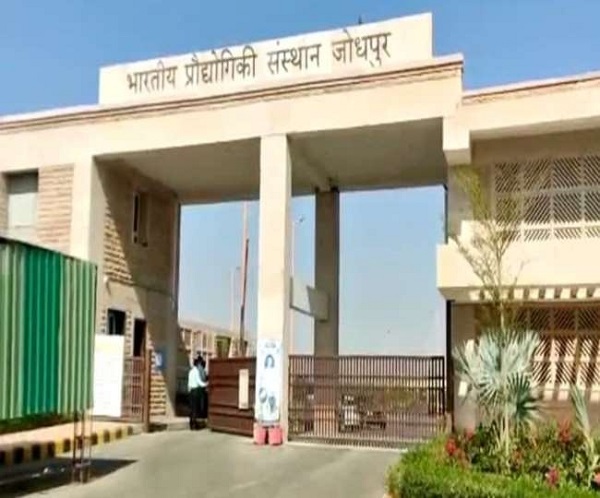Jodhpur, (Asian independent) A team of researchers from the Indian Institute of Technology (IIT) Jodhpur has found that eye images acquired by low-cost near-infrared (NIR) cameras can aid in low design costs, ease of use, and practical solutions for cataract detection.
The team proposed a multitask deep learning Artificial Intelligence (AI) based algorithm for automated cataract detection. It involves iris segmentation and multitask network classification.
Known as MTCD, the proposed multi-task deep learning algorithm is inexpensive, uses eye images captured in the near-infrared domain and is computationally inexpensive, yielding high accuracy.
The proposed segmentation algorithm efficiently and effectively detects non-ideal eye boundaries.
In traditional methods, cataracts are mainly detected through fundus images, where image acquisition is costlier and needs experts to handle the fundus cameras.
The AI-based solution is cost-effective as low-cost NIR cameras are used in place of costly ophthalmoscopes. It can thus be used in rural settings where the availability of doctors is limited.
The team described their algorithm in a paper published in Science Direct.
“Currently, a large number of patients with cataracts have to visit secondary and tertiary care centres. The availability of such a solution can assist doctors at the primary health centres in helping such patients,” said Richa Singh, Professor, Department of Computer Science and Engineering, IIT Jodhpur, in a statement.
“We are extending this research to include both cataract and diabetic retinopathy in the solution and have collaborated with multiple hospitals in the country for domain expertise, data collection, and validation of the solution,” added Mayank Vatsa, Professor, Department of Computer Science and Engineering, IIT Jodhpur.








